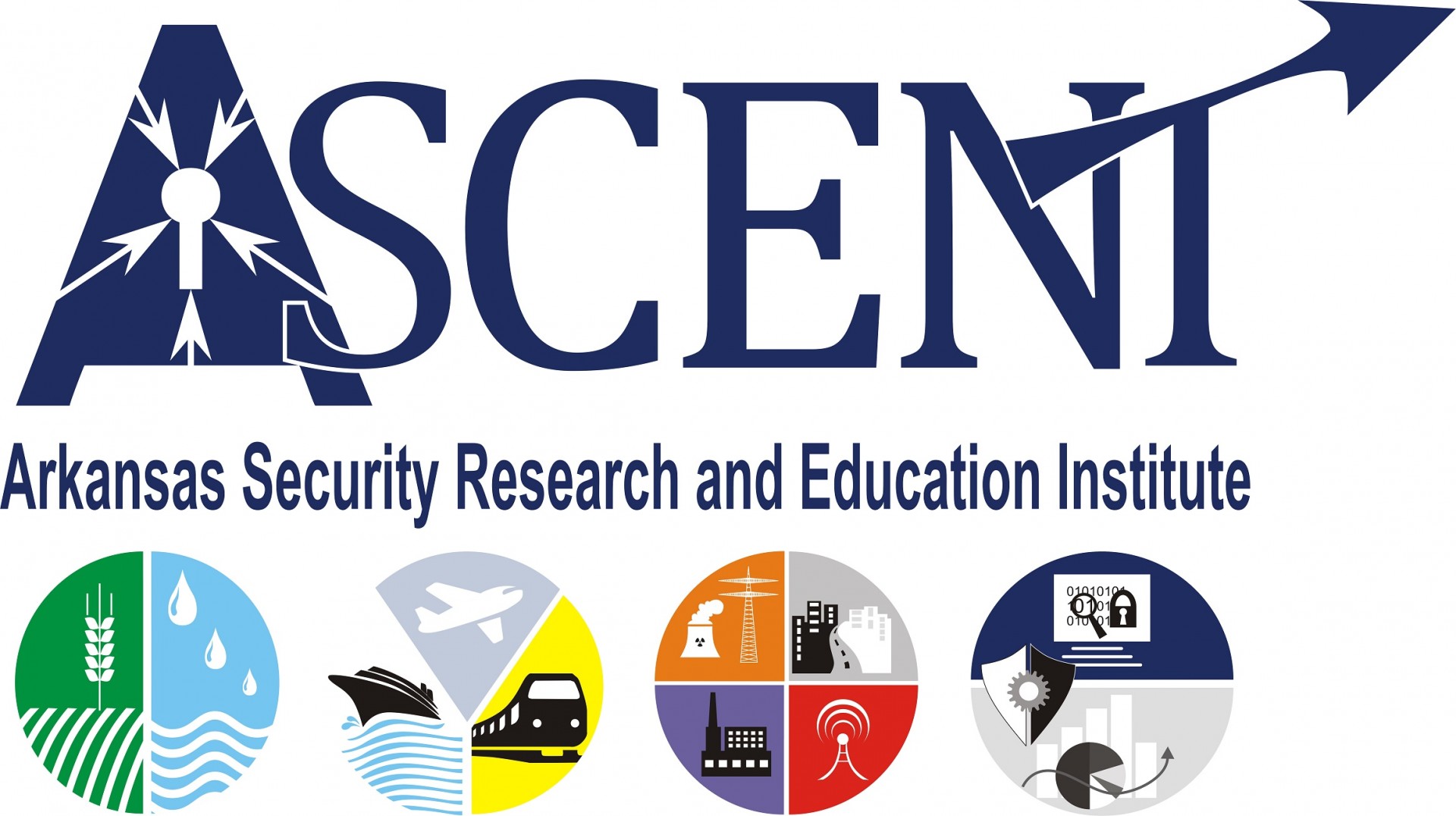Research
Cyber Security
Security analysis and enhancements in retail, database, network, mobile, software, RFID, embedded systems, and hardware.
Some previous retail security related research project samples include:
- Database security – identify attacks early and accurately; recover quickly to avoid further damage
- Computer network security – dynamic network interdiction; network filter and sensor allocation optimization
- Insider threat mitigation – balance security with access to sensitive data among employees to avoid and detect insider attacks
- Mobile security – bring-your-own-device (BYOD) security which allows employees to use their own unsecured mobile devices at work such that if compromised or stolen, company’s sensitive data will remain safe
- Mobile anonymous communications – anonymous smartphone-based network that uses the Short Message Service (SMS) was developed to provide anonymity for small groups.
- Mobile banking security using location-based authentication – location-based authentication prototype for mobile banking was developed to restrict transactions to registered areas verified by GPS coordinates.
- Anti-counterfeiting RFID tags – prevent counterfeiting of RFID tags by offering mitigating techniques at different levels of protection.
- Security scan and security audit (penetration testing) – network security scan (penetration testing) and security audit small business.
Transportation Security
Tools for securing transportation infrastructure, the goods and vehicles that comprise our transportation system and the data created and used to ensure system reliability, real-time information response and logistics efficiency. Representative research project samples include:
- Improving system resilience– using data and optimization to prioritize high-risk/high-consequence assets for fortification.
- Asset shrinkage – developing software and technology to prevent, mitigate and respond to the loss of products between the point of manufacturing and the point of sale
- Network design – locating distribution centers, relay points and transportation hubs within a network in order to maximize your chance for sustained transportation throughput under uncertainty associated with bad actor attacks and natural disasters
- Securing collaborative logistics systems – benefits can be obtained from manufacturers, transportation providers and retailers collaborating on the efficient usage of their pooled resources. This arrangement raises the need to share customer information across different computing systems. Protocols and procedures that retain the privacy and security of customers requires are vital and require comprehensive development of software, hardware and data management platforms.
- Protecting enterprise information systems – transportation providers store the whereabouts of millions of dollars of goods. Put plainly, they hold the blueprint for when and where valuable goods can be stolen before they reach their destination. Research is ongoing into the regulatory considerations and authentication protocols necessary to reduce the threat of information breaches along the transportation supply chain.
Food and Water Security
All aspects of laboratory food microbiology driven research and associated facilities. Some previous food and water security related research project samples include:
- Food and water systems laboratory microbiology – Generation of foodborne pathogen responses to interventions employed throughout the food/water supply chain and data assessment.
- Genomic sequence data and security – Generation of large sets of sequence data from whole genome sequencing of foodborne pathogens, management, and protection of data.
- Food and water systems analyses – Systematic pathway modelling assessment of all inputs/outputs and identification of critical steps for foodborne pathogen risk.
- Traceability development, analysis and security – Balance security with development of tools for the ability to track foodborne pathogens through a food production system from farm to consumer.
- Food and water systems data integration – Assimilation/security of foodborne pathogen data sets with non-food or water systems data sets (e.g. environmental, social, marketing).
Critical Infrastructure Security
Smartgrid security in control, operation, and communication, infrastructure fortification planning and risk analysis.
